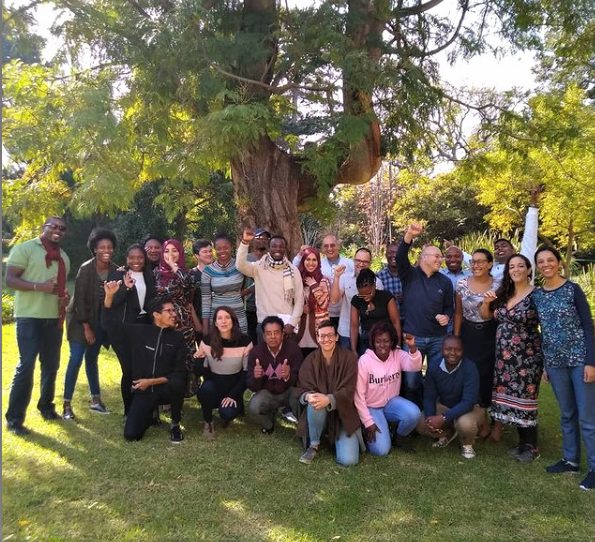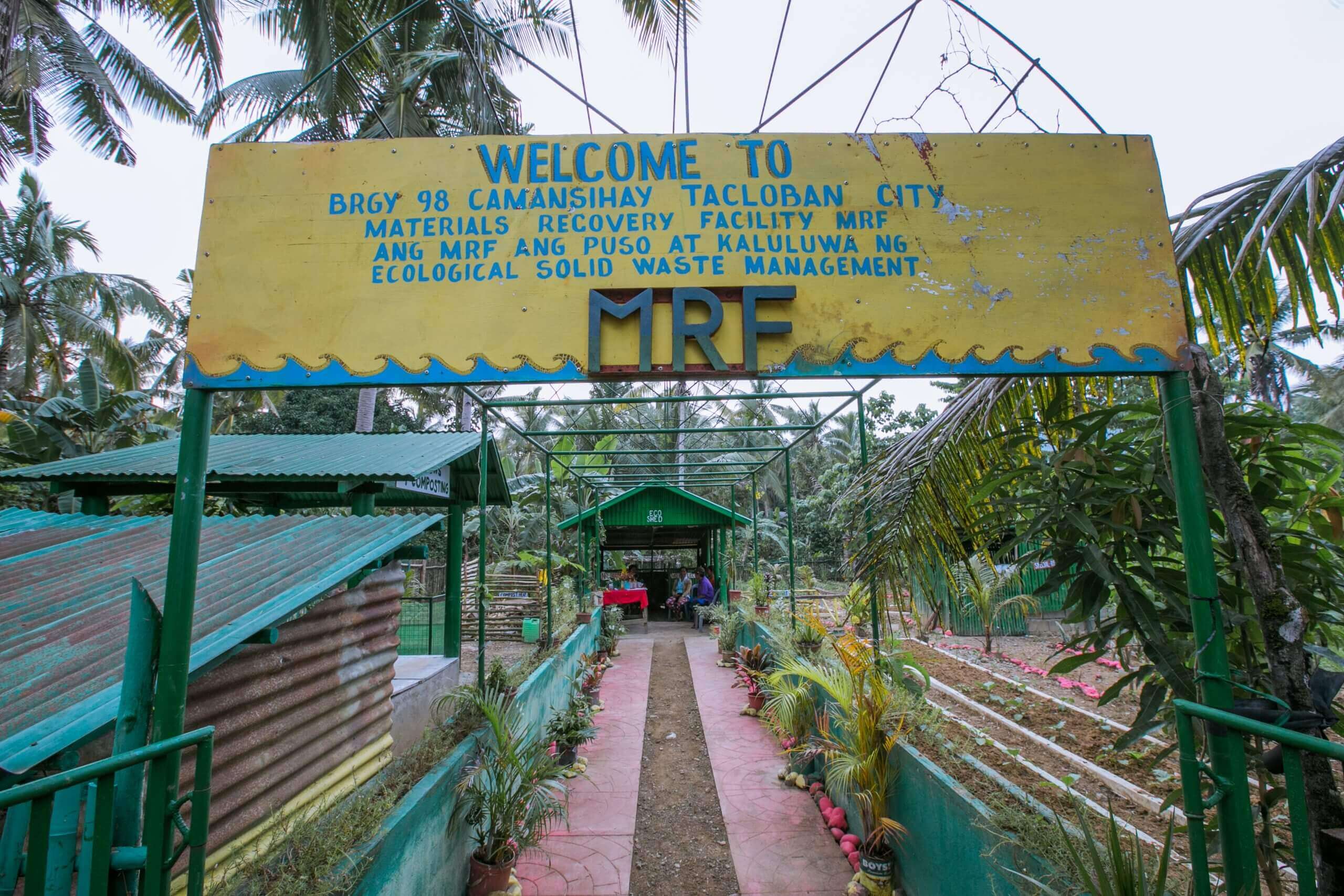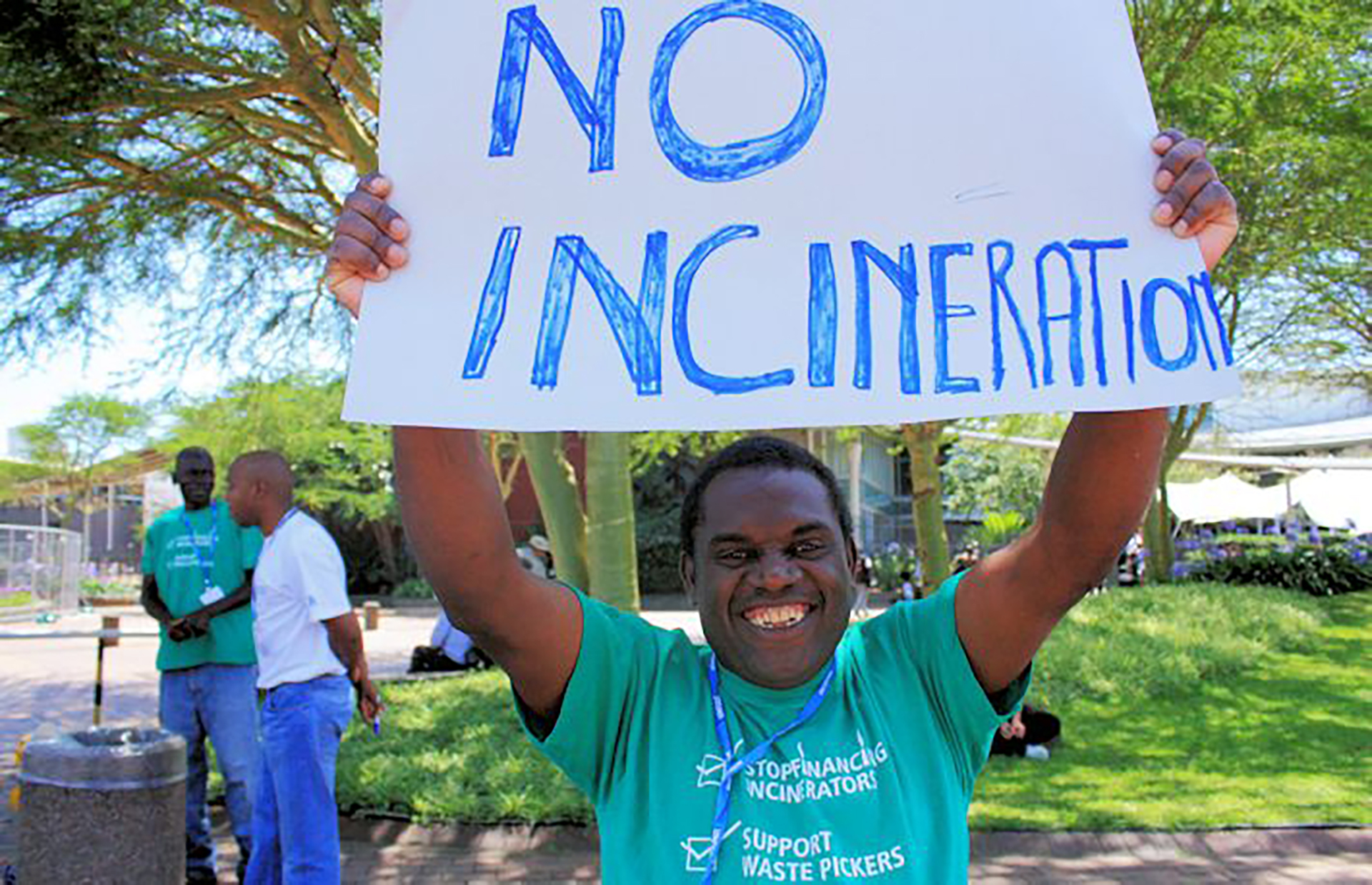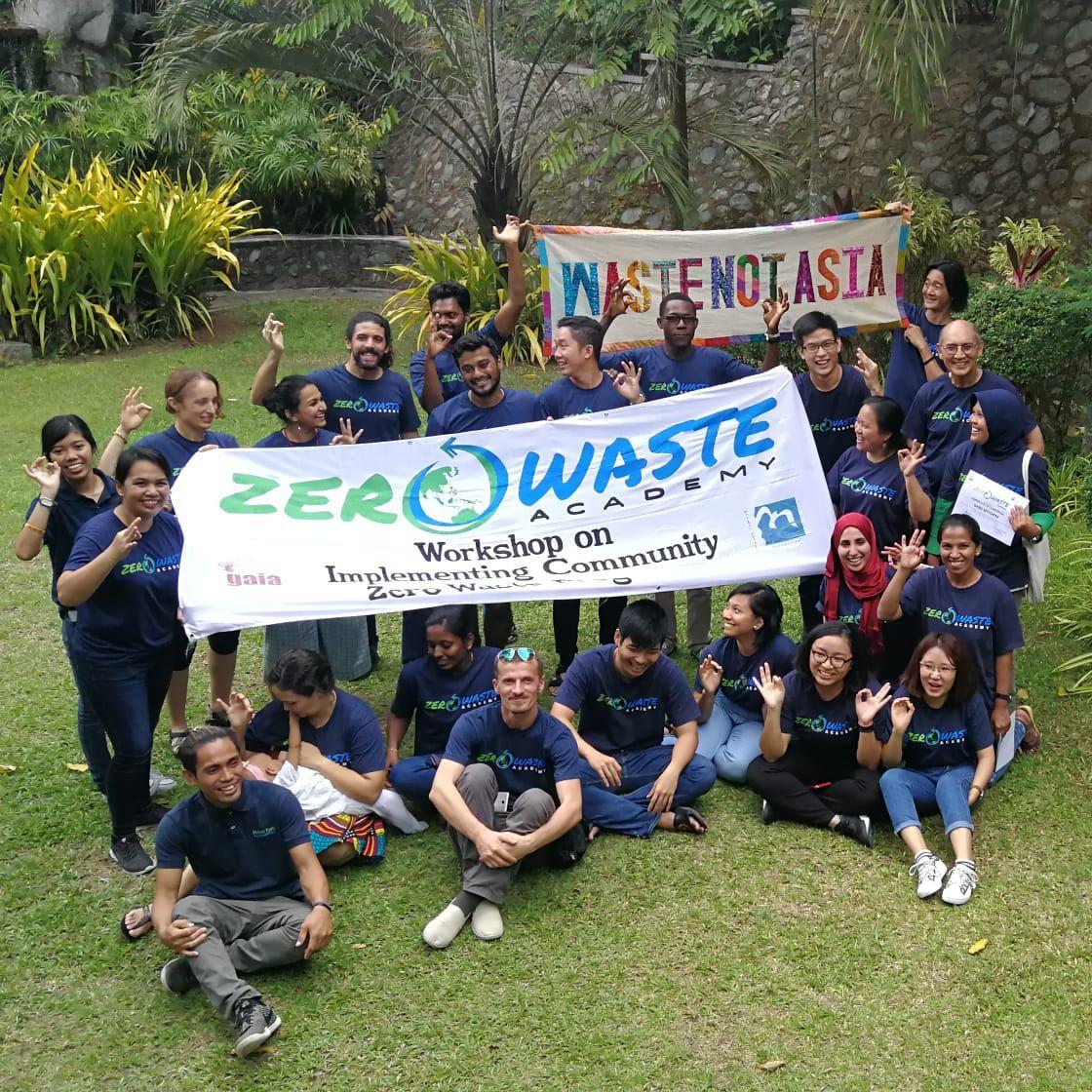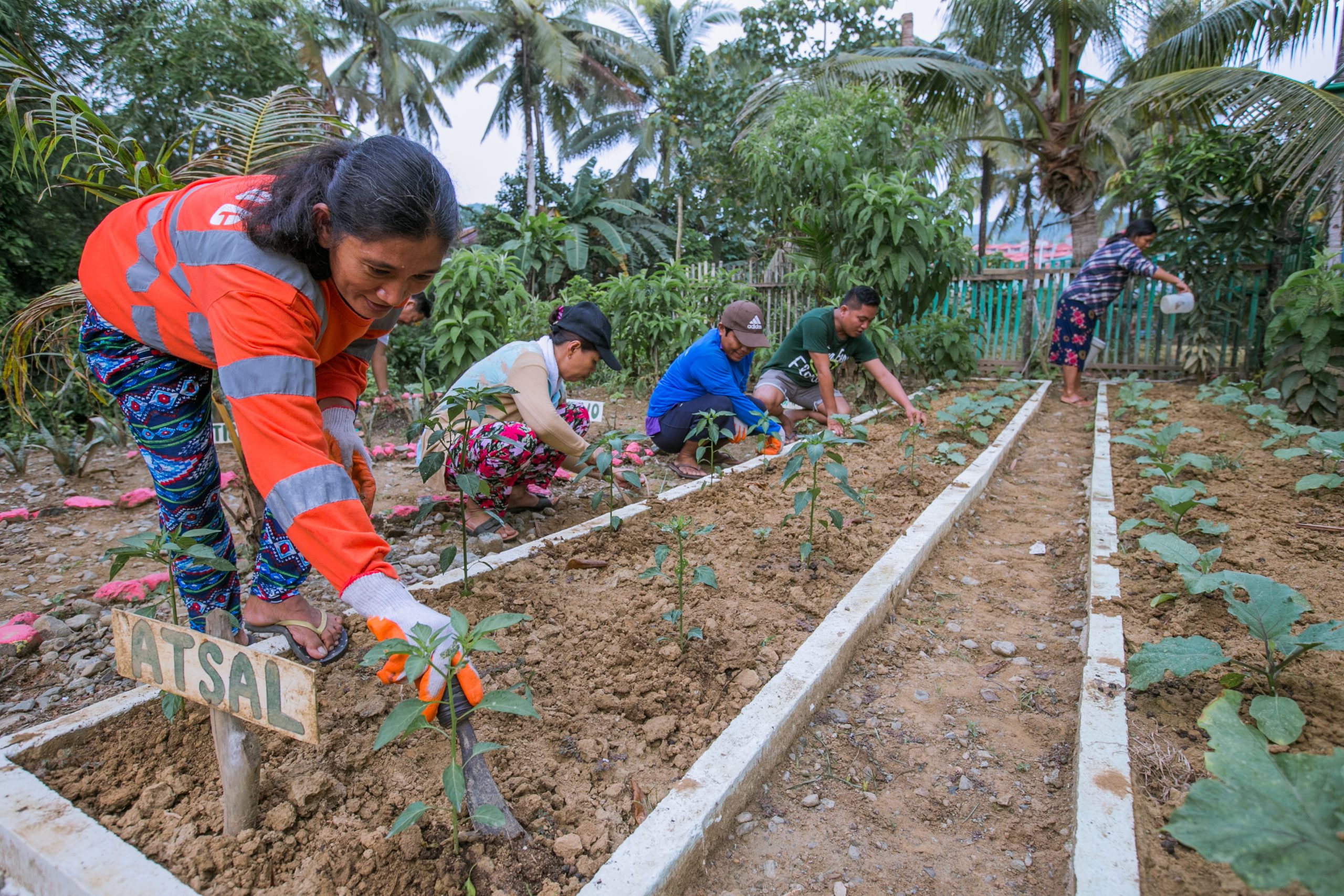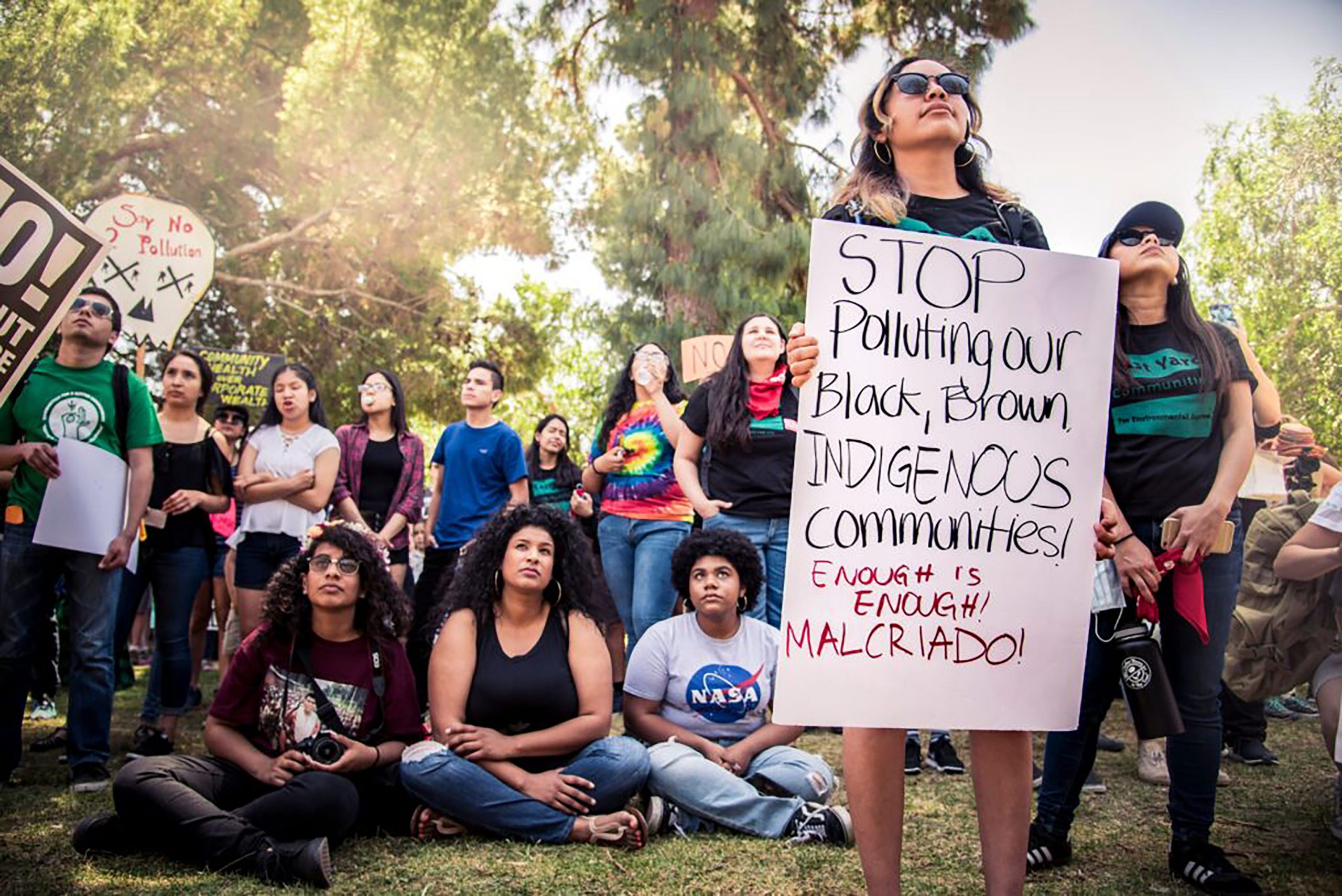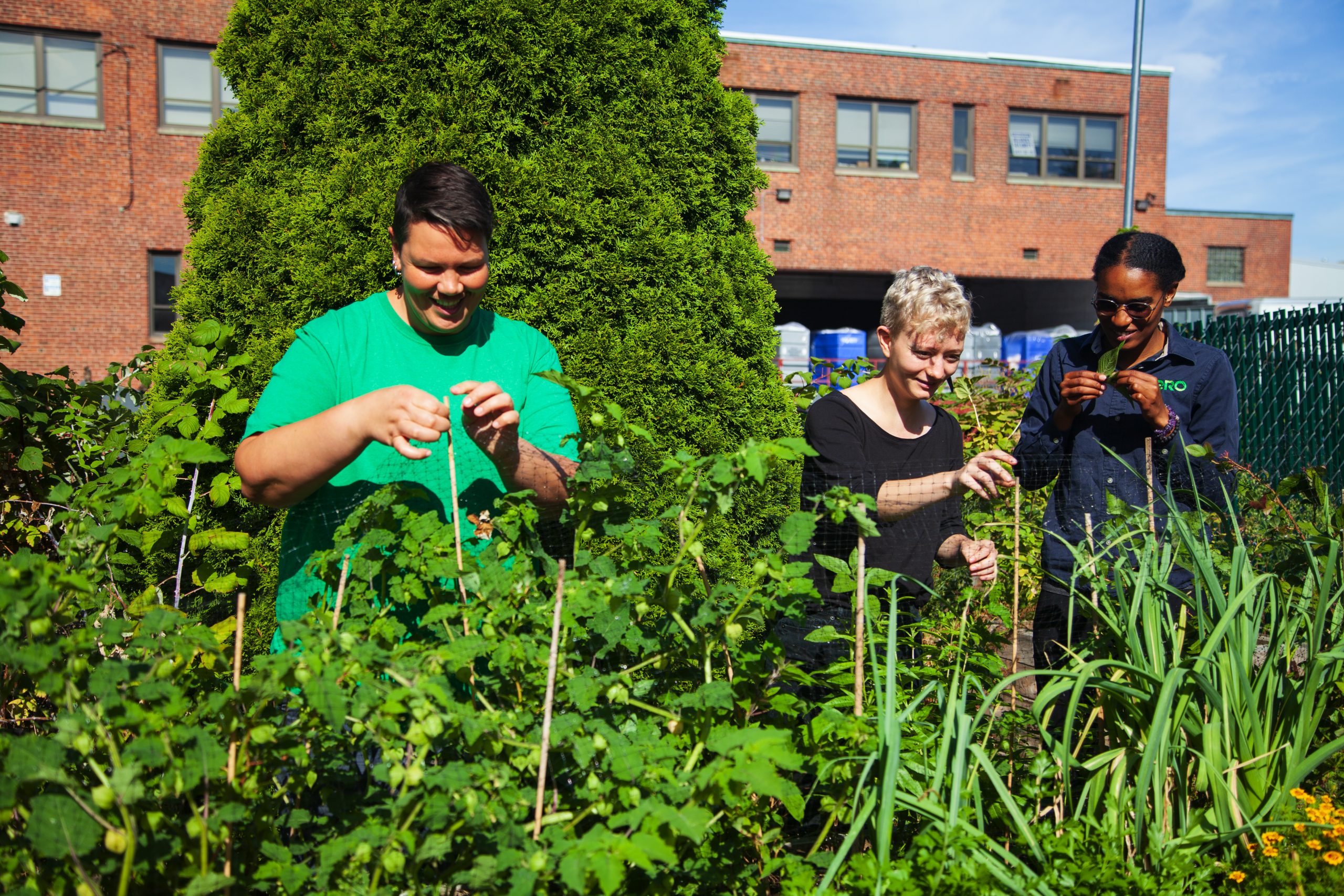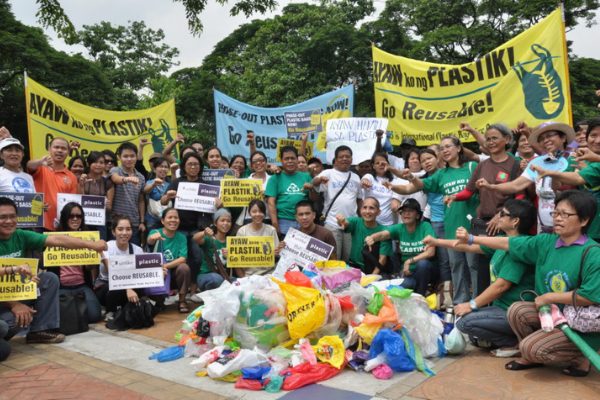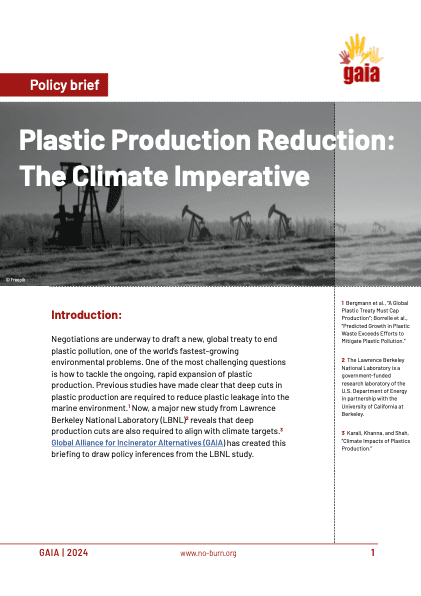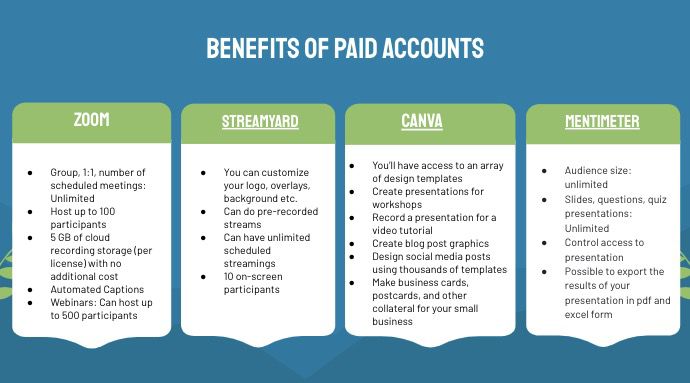There is no dearth of women environmental leaders in Asia Pacific. In the past decades, the region has become host to many impactful environmental initiatives and campaigns spearheaded by women leaders who not only dared to dream of a better future, but also rolled their sleeves up to ensure that the better future they dreamed of would become a reality.
But while there is general awareness that women play crucial roles in driving societal changes, exactly what they have done, and how massive their impact has been are often told sparingly, if at all. The spotlight is seldom shone on women leaders. And when it is, they are either made to share it with their male counterparts, or the spotlight shone upon them does not shine bright enough to adequately highlight their impact.
Hence, this publication.
Vision and Grit: Exceptional Zero Waste Women in the Asia Pacific Region was conceived out of the realization that we have yet to truly take stock of the invaluable contributions of women leaders in Asia Pacific, particularly in the Zero Waste movement. It features 14 women leaders across the region whose initiatives have made a huge impact in their communities and have served as an inspiration for others to do the same. Because of their work, thousands of lives have been changed for the better, progressive policies and regulations have been instituted at various levels, enabling conditions for more sustainable options have been jump started, and Zero Waste models have been developed. Admittedly, so much still needs to be done at various fronts, but so much has also been achieved. Change is actually happening, and it is hugely thanks to our women leaders.
Pore over the pages of this book and learn about some of the women who have helped make the world we live in a better place, and be inspired by their compassion, determination, and grit. Read their stories and understand their motivations, and be amazed and grateful that they stood up for what they believed in when they did, and continued the fight even when things were difficult. Our current realities may still be filled with challenges, but it is less so because women of character and strength live among us.
